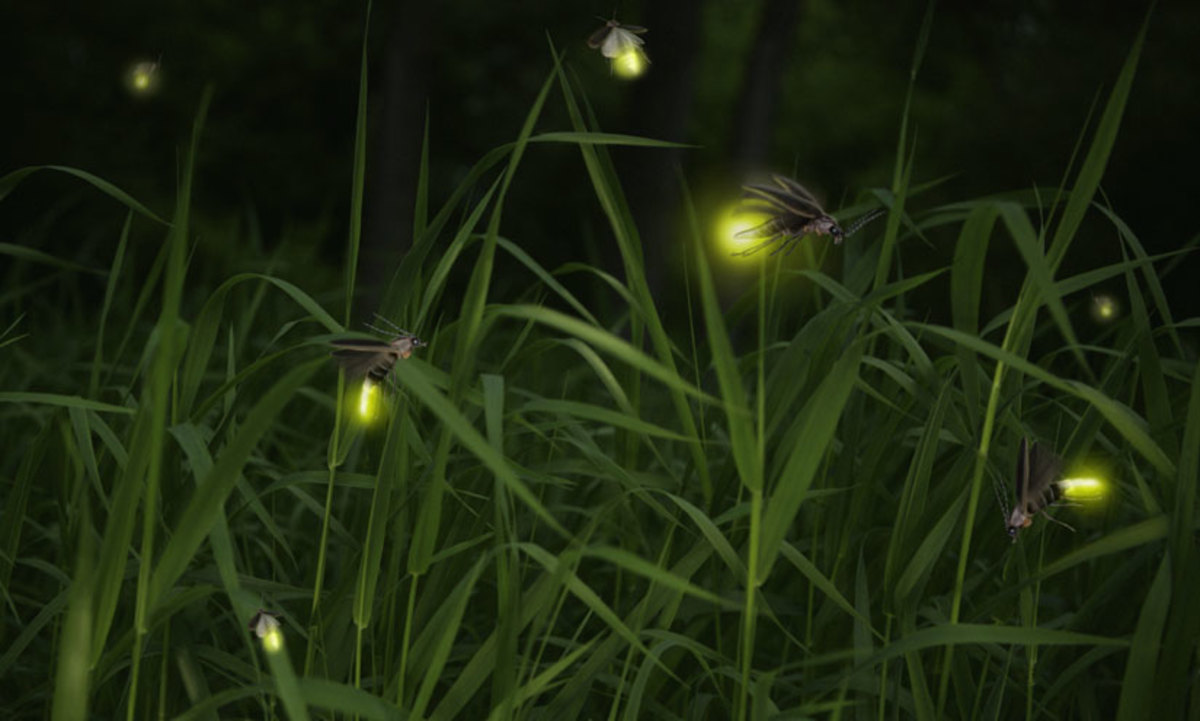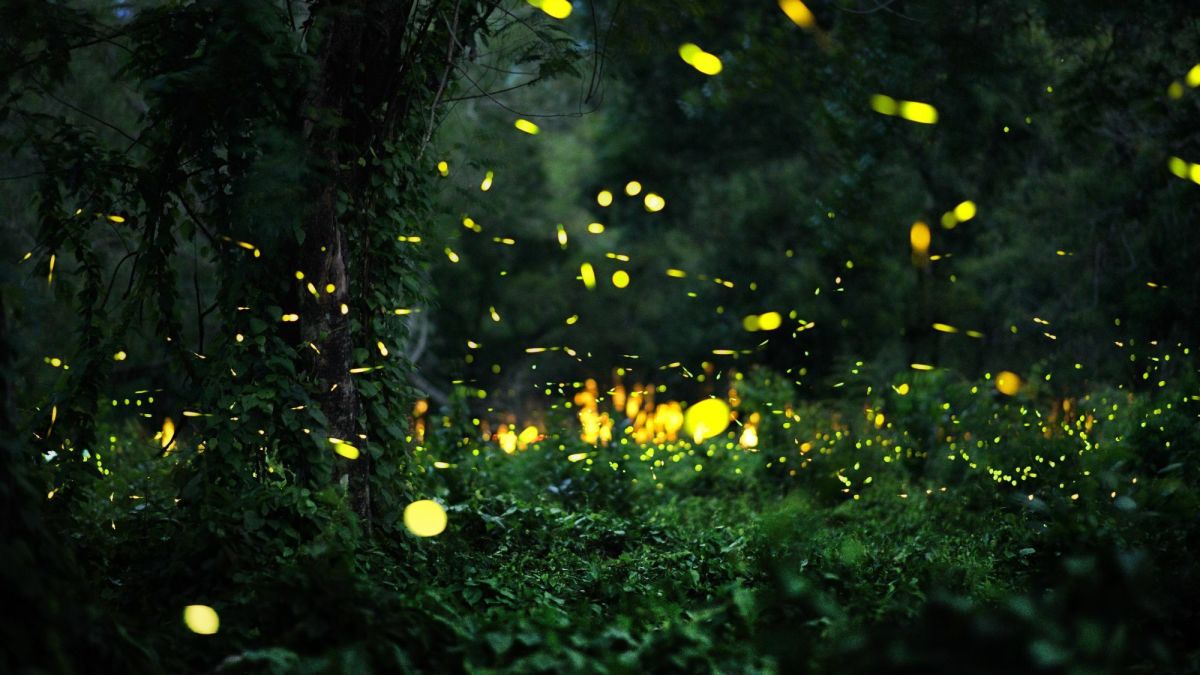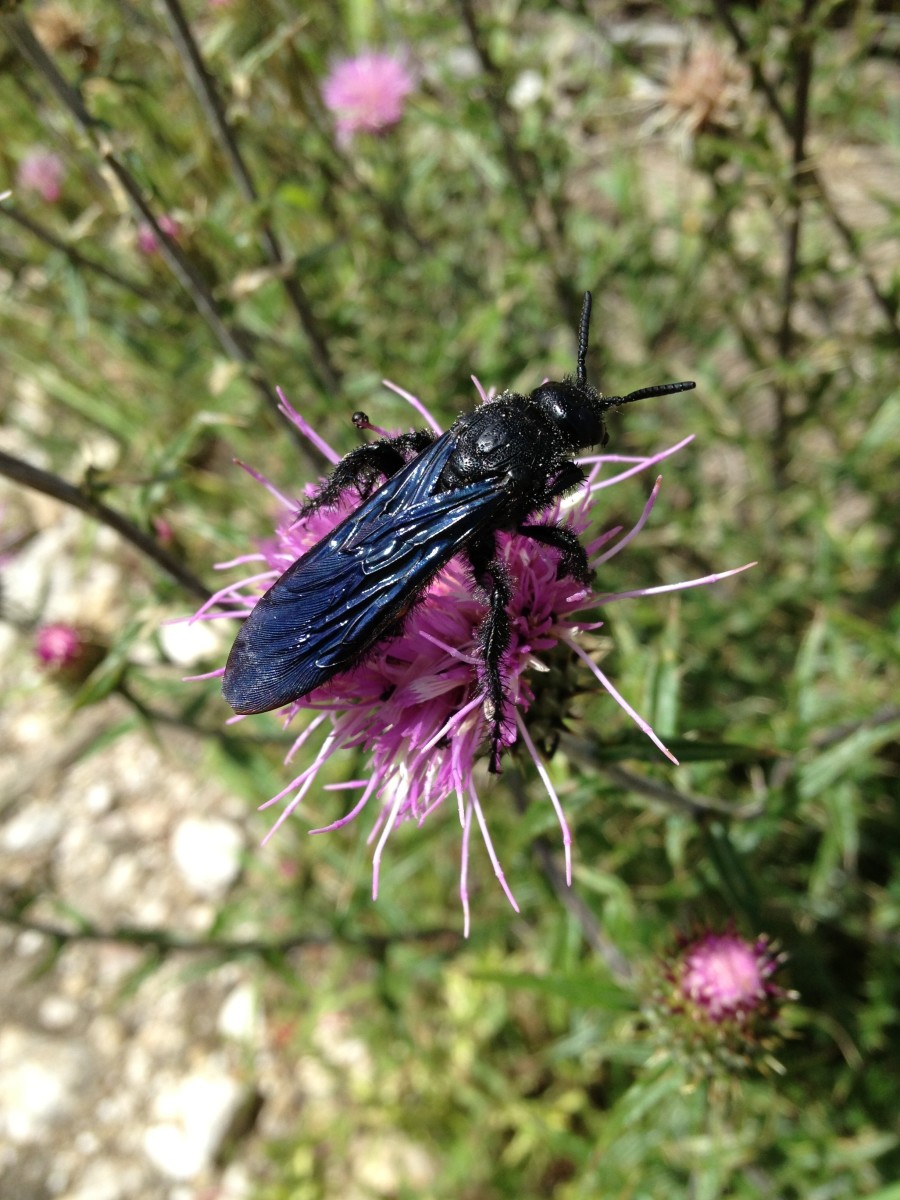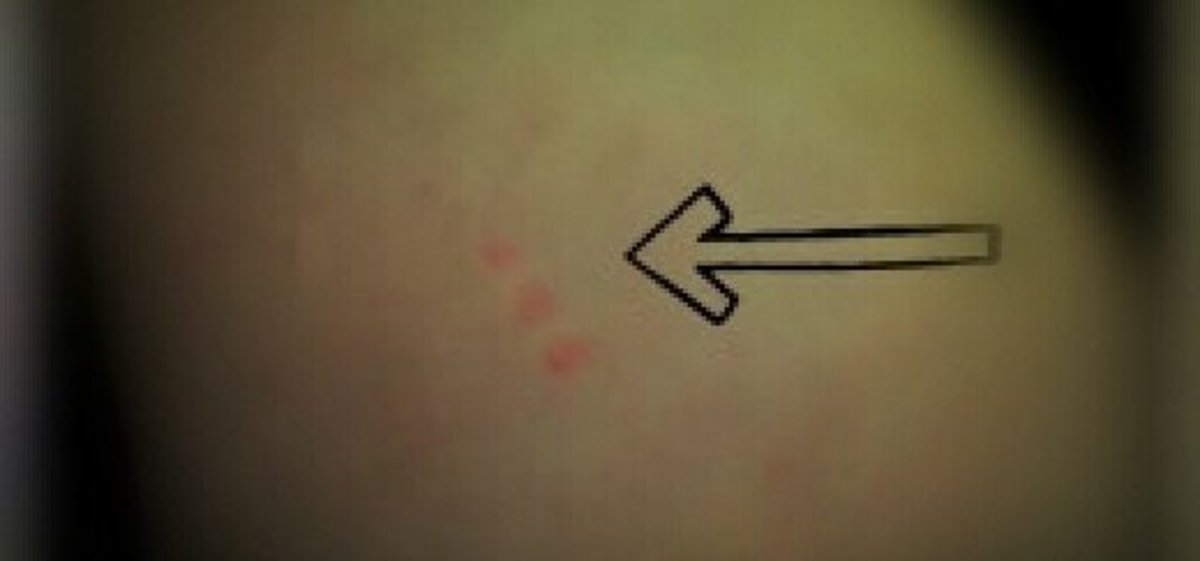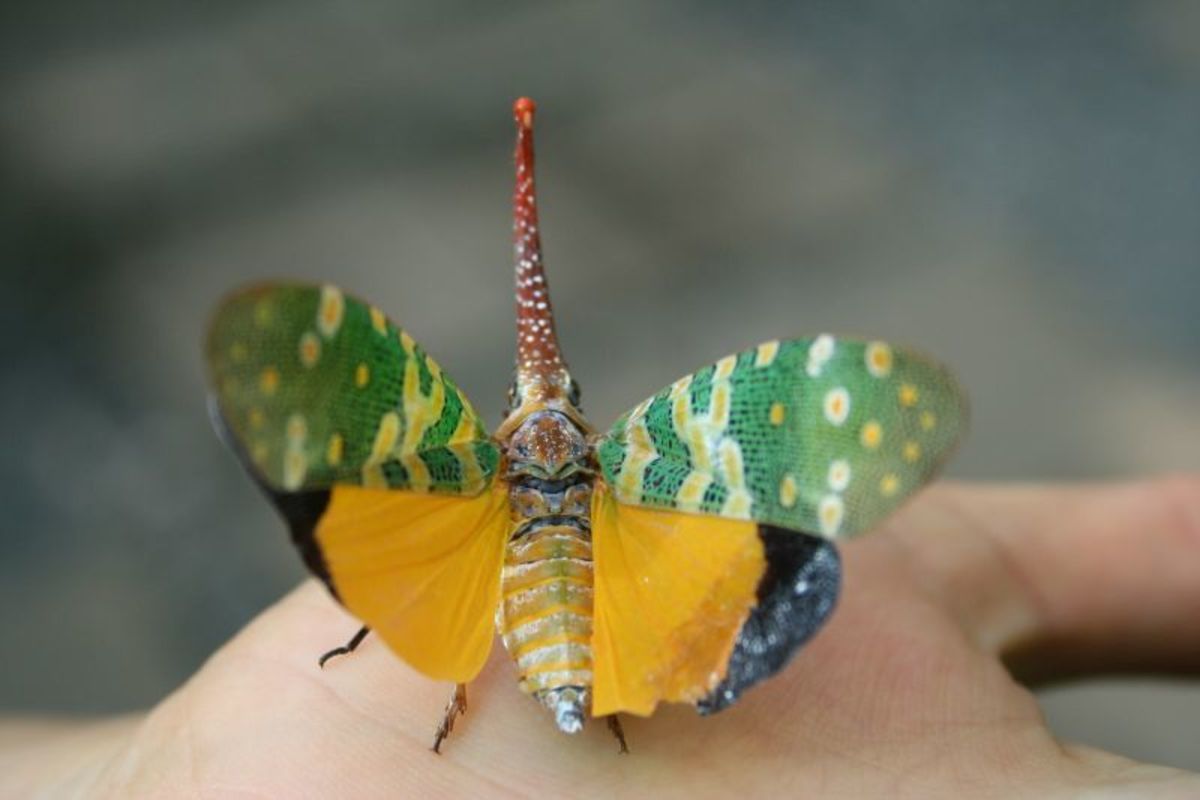- HubPages»
- Education and Science»
- Life Sciences»
- Entomology»
- Insects & Bugs
How Do Fireflies Glow (and Why)?

For those of us who are fortunate enough to live in areas where fireflies are plentiful, these insects lend a magical quality to our summer evenings. Also known as lightning bugs, fireflies are featured in myths, depicted in artwork, and are the subjects of popular songs. Even kids who are scared of insects can be found chasing after the glowing critters on warm evenings. Fireflies seem almost like fairies as they perform their dance around our backyards. What makes the firefly shine, and why do they do it?
What exactly is a firefly?
Fireflies are insects, of course. However, they are not flies at all. They belong to the order Coleoptera, which is the order of beetles. The firefly family is called Lampyridae, which has over 2,000 species. Some fireflies glow yellow, some green, and some red. There are some firefly species that do not glow as adults, and those tend to be diurnal (active during the day) rather than nocturnal. However, all known firefly species can glow during the egg, larval, and pupal stages (firefly larvae are sometimes called glowworms). In some species, the males and females look similar. However, in other species, the females are laviform, which means they resemble the larvae. You can tell them apart from the larvae because they have compound eyes.
Fireflies are found on every continent except Antarctica. They prefer warm and humid environments, and you'll find them in lawns, parks, woods, and meadows.
Females lay their eggs in or on the ground (sometimes on vegetation). The eggs hatch a few weeks later. The larvae will eat throughout the rest of the summer, and then hibernate until spring. In some species, the larvae will pupate by the end of their first (and only) spring. In other species, the larval stage will last another year. A week to 3 weeks after pupating, they will emerge as adults.
When they're larvae, most fireflies eat worms, snails, slugs, and other larvae. As adults, what they eat depends on what species of firefly they are. Some eat other fireflies and some eat pollen and nectar. Some species don't eat at all as adults.

What makes fireflies light up?
Fireflies glow through a process known as bioluminescence. While they may be the bioluminescent animals we land-dwelling humans are most familiar with, they aren't the only creatures in the world that can produce their own light. Several fish, squid, octopuses, other marine mammals, fungi, and bacteria can light up as well. The word “bioluminescence” comes from the Greek word “bios,” which means “living,” and the Latin word “lumen,” which means “light.” It’s a type of cold light. In other words, less than 20% of the light produces heat. This is necessary, otherwise, fireflies would literally burn themselves up.
In simplest terms, bioluminescence is a chemical reaction that produces light. For those who want a little more of the science behind it, a type of chemical called a luciferin and a type of enzyme called luciferase are both required for this reaction. Fireflies have special cells in their bodies that contain luciferin, and they make luciferase. The luciferin combines with ATP (adenosine triphosphate), which is a high-energy molecule in all cells. This creates luciferyl adenylate and pyrophosphate. The luciferyl is bound to the enzyme, where it combines with oxygen to create oxyluciferin and AMP (adenosine monophosphate). The oxyluciferin atoms are in an excited state (basically, they have extra energy), and they give off a photon of light to return to their ground state.
Why do fireflies light up?
Fireflies glow for a variety of reasons, and for different reasons during different stages of life. As larvae, many fireflies are toxic and taste bad. The glow lets predators know that the larva may not be a good choice for dinner.
As adults, one important reason for the flashing is to communicate with other fireflies - primarily to attract a mate. The male will present a species-specific flash pattern as he flies above the ground, and a receptive female will respond with her own flashing. Male fireflies should be careful though when there are females of other species in the area. The females of some species, those from the Photuris genus, use the flash patterns as a form of mimicry. When a hungry Photuris female sees a male of another species looking for a mate, she'll copy his flash pattern to make him think she's accepting his invitation. However, when he approaches her, she won't mate with him. Instead, she'll eat him!
A few places in the world (for example, the Great Smoky Mountains National Park) have fireflies that will flash in unison. Recent research indicates that this is also related to mating. In an experiment, scientists used LEDs to expose female fireflies to the flash patterns of their species, however, they varied how much the lights were in sync. The females responded much more when the flashes were in unison.


